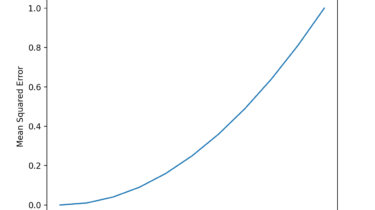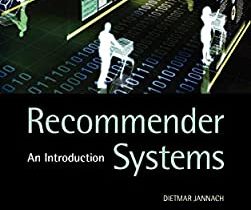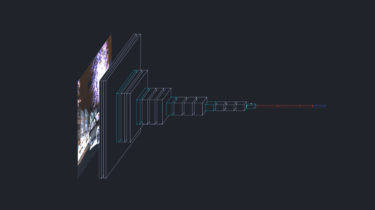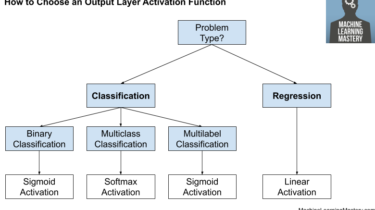Regression Metrics for Machine Learning
Regression refers to predictive modeling problems that involve predicting a numeric value. It is different from classification that involves predicting a class label. Unlike classification, you cannot use classification accuracy to evaluate the predictions made by a regression model. Instead, you must use error metrics specifically designed for evaluating predictions made on regression problems. In this tutorial, you will discover how to calculate error metrics for regression predictive modeling projects. After completing this tutorial, you will know: Regression predictive modeling […]
Read more





